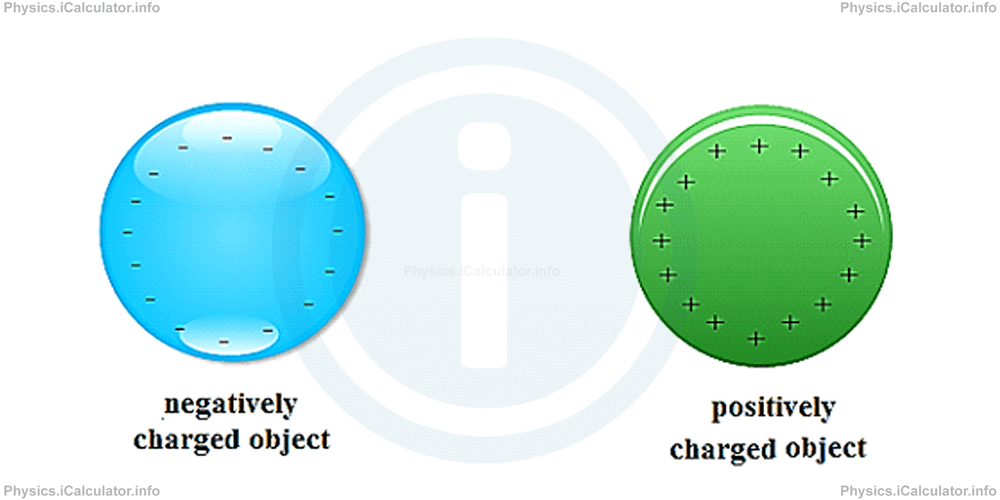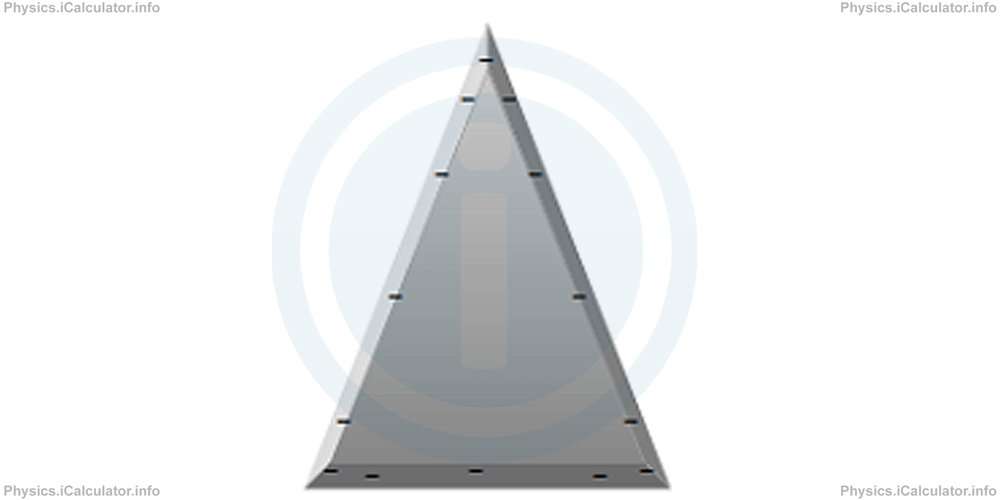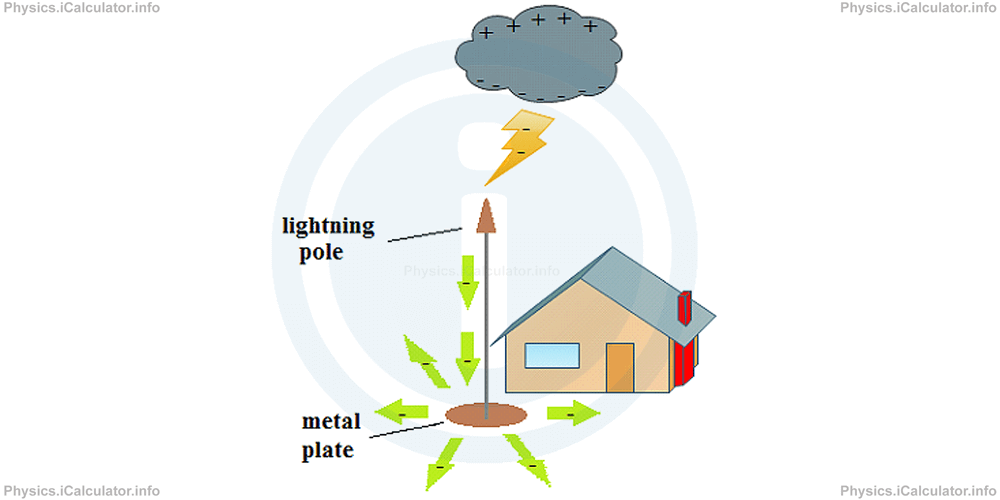Menu
Physics Lesson 14.1.6 - Charge Distribution in Objects. Lightning
Please provide a rating, it takes seconds and helps us to keep this resource free for all to use
Welcome to our Physics lesson on Charge Distribution in Objects. Lightning, this is the sixth lesson of our suite of physics lessons covering the topic of Electric Charges. Conductors and Insulators, you can find links to the other lessons within this tutorial and access additional physics learning resources below this lesson.
Charge Distribution in Objects. Lightning
As explained in the previous paragraph, a permanently charged object contains only one type of extra charge. When an object is electrically charged, the like extra charges it contains push each other as far as possible. As a result, the extra charges go to the outer surface of object, leaving the inside of the object neutral.

When objects are irregularly shaped, electric charges density increases in sharp parts of the object. As a result, a discharge may occur when these sharp parts, producing a large amount of dynamic electricity.

Lightning for example is an example of natural discharge, during which a lot of extra electrons gathered at bottom of the cloud due to friction between water droplets, are discharged to the ground through a high building, tree, pole, etc. Lightning is very dangerous as it produces a very high amount of current, which causes a burning effect. However, after flowing to the ground, electrons are distributed instantly throughout the Earth surface. Since the Earth is very large, these extra charges are not dangerous anymore, as their concentration at a given position is very low.
To avoid damages caused by lightning on buildings, high metal poles known as lightning poles are installed near them. These poles have a wide metal plate at their bottom, which is buried in the ground.

You have reached the end of Physics lesson 14.1.6 Charge Distribution in Objects. Lightning. There are 8 lessons in this physics tutorial covering Electric Charges. Conductors and Insulators, you can access all the lessons from this tutorial below.
More Electric Charges. Conductors and Insulators Lessons and Learning Resources
Whats next?
Enjoy the "Charge Distribution in Objects. Lightning" physics lesson? People who liked the "Electric Charges. Conductors and Insulators lesson found the following resources useful:
- Distribution Feedback. Helps other - Leave a rating for this distribution (see below)
- Electrostatics Physics tutorial: Electric Charges. Conductors and Insulators. Read the Electric Charges. Conductors and Insulators physics tutorial and build your physics knowledge of Electrostatics
- Electrostatics Revision Notes: Electric Charges. Conductors and Insulators. Print the notes so you can revise the key points covered in the physics tutorial for Electric Charges. Conductors and Insulators
- Electrostatics Practice Questions: Electric Charges. Conductors and Insulators. Test and improve your knowledge of Electric Charges. Conductors and Insulators with example questins and answers
- Check your calculations for Electrostatics questions with our excellent Electrostatics calculators which contain full equations and calculations clearly displayed line by line. See the Electrostatics Calculators by iCalculator™ below.
- Continuing learning electrostatics - read our next physics tutorial: Coulomb's Law
Help others Learning Physics just like you
Please provide a rating, it takes seconds and helps us to keep this resource free for all to use
We hope you found this Physics lesson "Electric Charges. Conductors and Insulators" useful. If you did it would be great if you could spare the time to rate this physics lesson (simply click on the number of stars that match your assessment of this physics learning aide) and/or share on social media, this helps us identify popular tutorials and calculators and expand our free learning resources to support our users around the world have free access to expand their knowledge of physics and other disciplines.